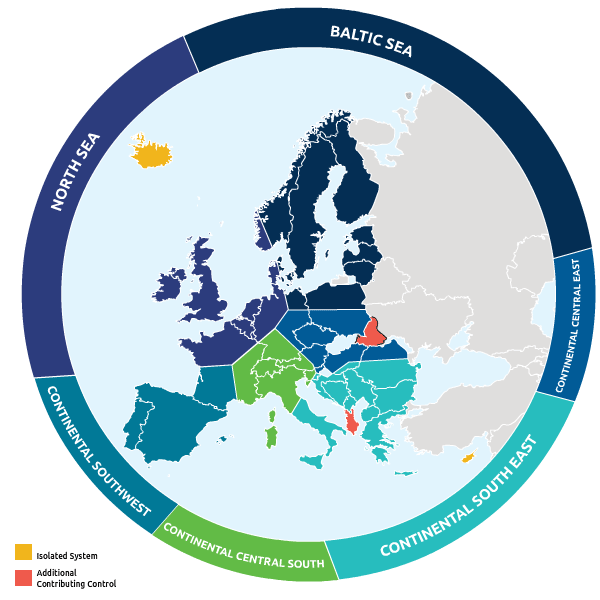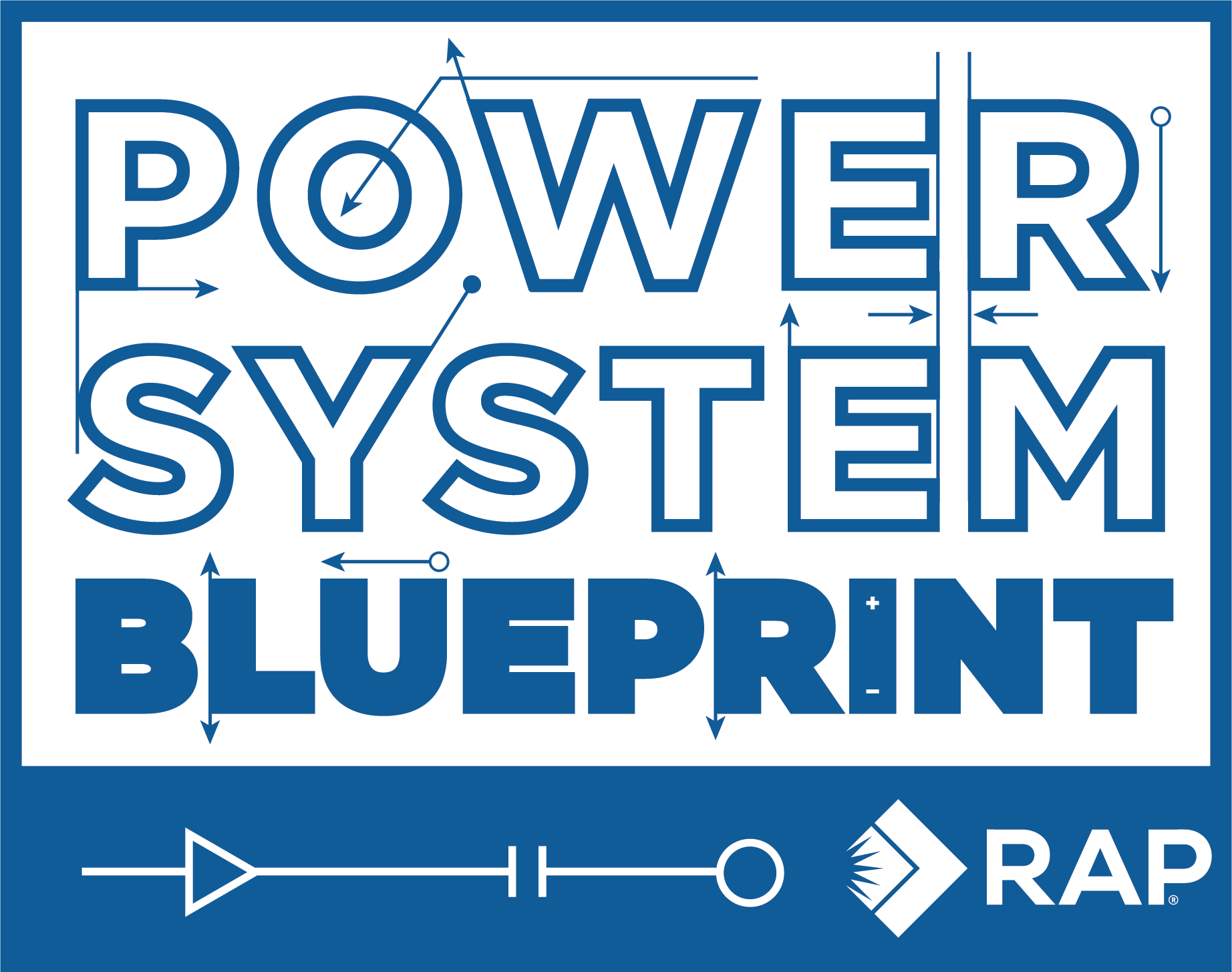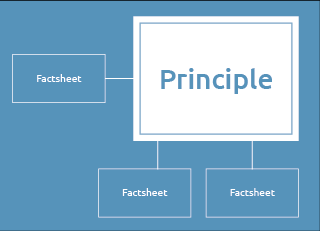SUMMARY
A regional power system operator, independent from network ownership, solves two problems:
- Inefficient investment due to the conflict-of-interest between efficient, technology neutral system operation.
- Inefficient operation due to inappropriate coordination level.
Independent system operation promotes regionalisation of current national system operation, which makes the transmission power system more efficient and, in this regard, is an important element in the smart design of roles and responsibilities (see Clear Roles and Responsibilities factsheet).
WHAT
System operation without linked interests
HOW
Via new or merged entities
WHO
International (EU) and national regulators
WHEN
Short-term planning, midterm implementation
The discussion of the current system operation practice challenges in Europe can be divided into two key issues: ownership and the governance level of system operation (and the need to move from national to regional).
System operators are for-profit entities that also own the transmission network; the only country in the EU that is an exception to this is Latvia. As a result, today’s system operators are subject to incentives that conflict with system efficiency because the integrated operator is subject to an incentive to favour new build as a solution to congestioncongestion Whenever a particular element on the transmission or distribution network reaches its limit and cannot carry any more electricity. Also a situation where trade between two bidding zones cannot be fully accommodated because it would significantly affect the physical flows on network elements that cannot accommodate those flows. problems. This is a problem even if we do need more transmissions development in Europe (see Accelerating Transmission Network Development factsheet). This incentive, however, to build violates technological neutrality and most importantly is a barrier to non-wire solutionsnon-wire solutions Any action, strategy, program, or technology intended to defer or remove the need to construct or upgrade physical components of a distribution and/or transmission system, or “wires investment”..
Separating ownership from operation improves the transmission network operation’s transparency. This is behind the difficulties of integration of so-called grid boosters by German transmission system operators (TSOs), which are in conflict with European unbundlingunbundling Breaking down vertically integrated monopolies into separate legal entities (legal unbundling), or prohibiting ownership within the same corporate group (legal unbunbundling), to avoid conflicts of interest. For example, under the Electricity Directive, for power generation and retail supply are legally unbundled from distribution and ownership unbundled from transmission, subject to limited exceptions. requirements. Last but not least, the greater part of the system costs is contained more in the infrastructure itself than in its operation. As such, the CAPEX (capital expendure) also determines the company revenues more than the OPEX (operating expenditure). Further on, CAPEX is often explicitly or at least implicitly better remunerated in regulation, which in practice leads to investment decisions that could otherwise be addressed more economically through operational measures (see Incentivising Network Innovation factsheet).
The existing solution to the conflict-of-interest issue is to require the regulator to scrutinise congestion forecasts. Resulting network extension planning comes along with extended public consultation processes on scenarios and assumptions. A better, structural solution — moving to an independent system operator (ISO) model — remedies the problem at the root. The independent system operator should be subject to economic incentives that support cost-efficient operation of the existing infrastructure. Only when this independent operator indicates that the operational measures are not sufficient to manage the foreseeable congestion in a sustainable and cost-optimised manner will the capital-intensive solution of network investments be used.
The second problem addressed by moving to an independent system operator model relates to inefficient system operations organised within national borders and legacy territories, not reflecting structural congestions. This impedes efficient management of congestion among Member States as well as internal congestion within Member States (see Locational Marginal Pricing factsheet). Enhancing the roles of regional coordination centres from coordination of TSOs to genuine ISOs by midterm is desirable.
This is also true for the setting of markets and the efficiency of pricing. If spot market pricing beyond national borders opens options for market participants to solve congestion based on these prices, flow-based market coupling is needed to use the available interconnection capacity efficiently. Only an ISO provides the opportunity to move the spot market to the place where congestion has been solved by operational measures with the benefit of optimised gate closure timegate closure time The point in time in electricity markets - defined in relation to delivery - after which no wholesale transaction is possible for a specific trading period and the system operator steps in to balance supply and demand in real time. and less balancing resources and costs. The development and operation of common offshore wind resources would be a prime regulatory sandbox to test the ISO concept in Europe (see Coordinated Offshore Build factsheet).
Finally, in a world of ISOs, cooperation based on transparent rules and regulation is also needed. This applies to horizontal cooperation at the transmission network level as well as vertical cooperation between transmission and distribution systems.
From Europe to the Regions: Planning the development of the Grid

Source: Entso-E. (2021). Regional cooperation to implement the internal electricity market and the European grid.
How the ISO market works
Market design for electricity – Comparing the US and EU
Key Recommendations
- Develop an EU transition pathway from a national TSO to European ISOs within a transmission and set timeframe.
- Implement new entities on the distribution level and move or develop regional distribution operations as required by the network and ownership structure.
- Transition spot market operations to ISOs.
References and Further Reading
- Baker, P. (2020). Challenges facing distribution system operators in a decarbonised power system. Regulatory Assistance Project.
- Entso-E. (2021). Regional cooperation to implement the internal electricity market and the European grid.
- Federal Ministry for Economic Affairs and Climate. (2020). What is a grid booster? Energiewende Direkt.
- Hogan, W. (1998). Independent System Operator (ISO) for a competitive electricity market. Harvard University.
- Pollitt, M. G. (2011). Lessons from the History of Independent System Operators in the Energy Sector. Cambridge University.
- Published:
- Last modified: August 13, 2024

 Quick guide on how to use this website:
Quick guide on how to use this website: